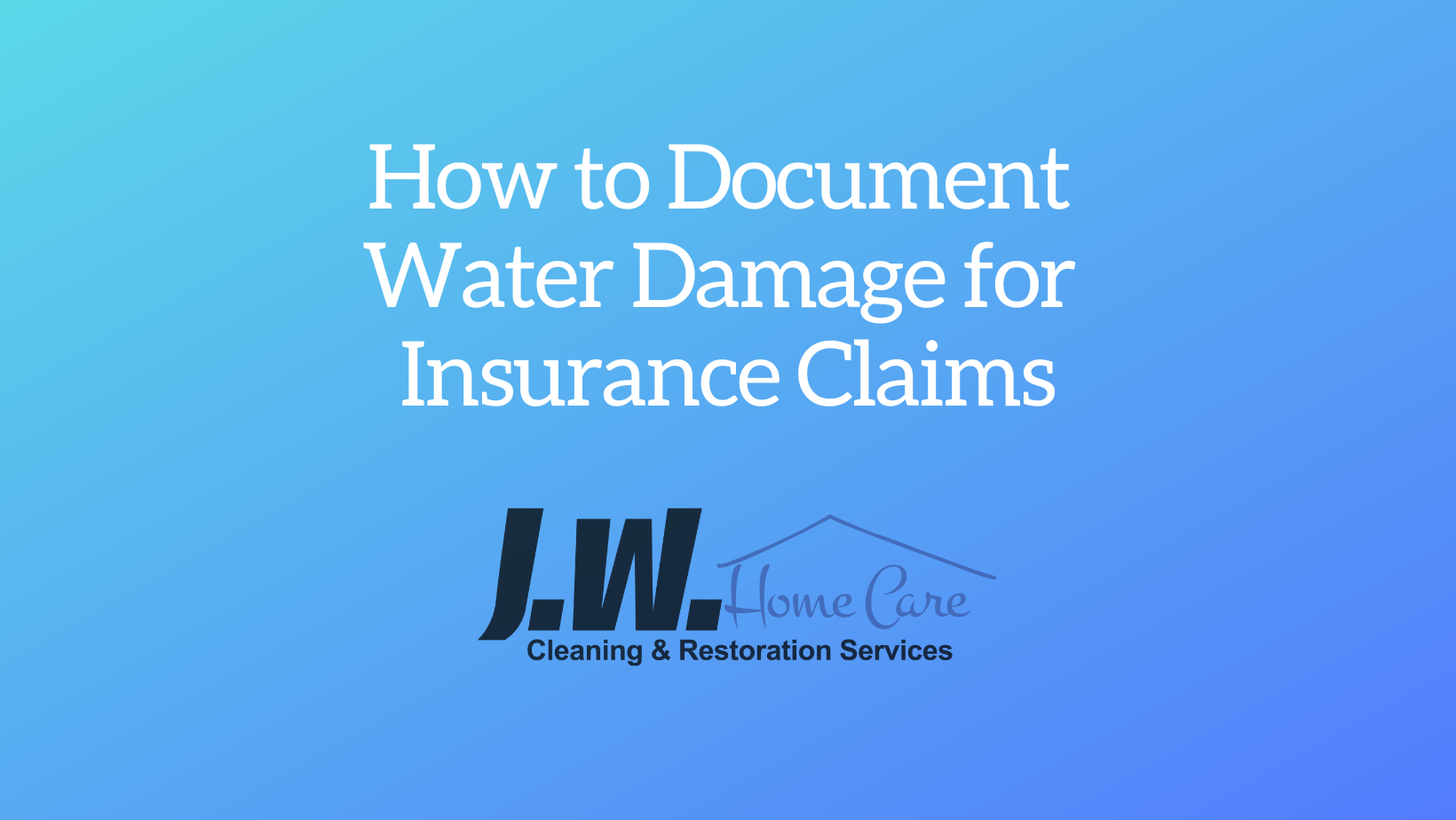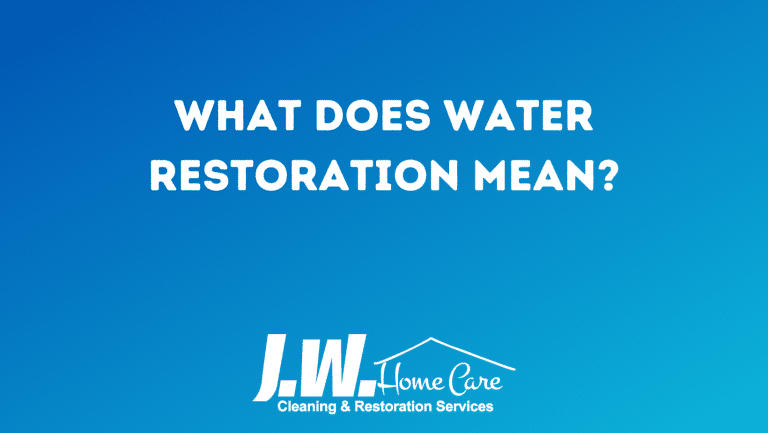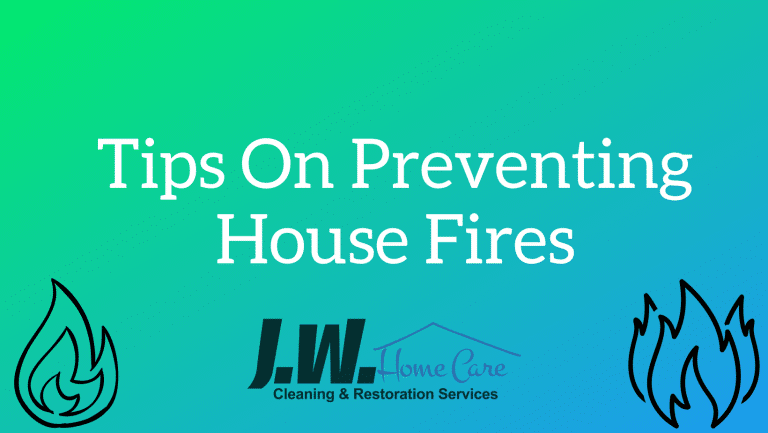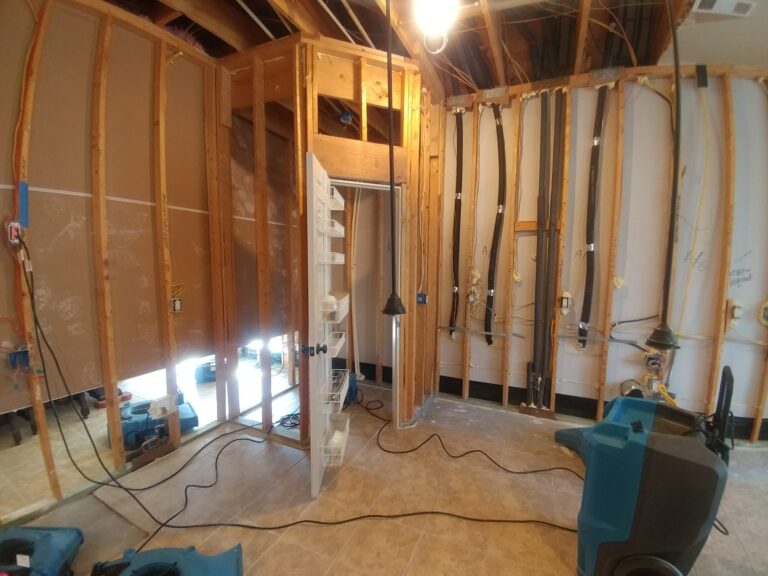How to Document Water Damage for Insurance Claims
How to Document Water Damage for Insurance Claims: A Guide by JW Home Care
Experiencing water damage in your home can be overwhelming. It is Important that you learn How To Document Water Damage For Insurance Claims. At JW Home Care, we understand the importance of a smooth insurance claim process to help you get back on your feet. Proper documentation of the damage is crucial for a successful claim. Here’s our comprehensive guide to documenting water damage effectively.
Step 1: Prioritize Safety
Before documenting the damage, ensure your safety and that of your family. Switch off the electricity to prevent electrical hazards and wear protective gear like gloves and waterproof boots. If the situation seems hazardous, it’s best to wait for professionals to arrive.
Step 2: Notify Your Insurance Provider
Immediately contact your insurance company to report the water damage. They will provide you with specific instructions and requirements for the claim process. This initial step is vital in ensuring your claim is processed efficiently.
Step 3: Capture Clear Photos and Videos
Visual documentation is essential. Use your camera or smartphone to take clear, detailed photos and videos of all affected areas. Make sure to include:
- Overview Shots: Capture wide-angle photos of the entire affected area to show the extent of the damage.
- Detailed Close-ups: Focus on specific items and structures like walls, floors, furniture, and personal belongings.
- Damage Source: Also, document the source of the water damage, whether it’s a broken pipe, roof leak, or floodwater.
Ensure your images are well-lit and capture multiple angles to provide a comprehensive view of the damage.
Step 4: Create a Detailed Inventory
List all damaged items with detailed descriptions. Include:
- Item Description: What is the item?
- Condition Before Damage: What was its condition before the incident?
- Estimated Value: How much was the item worth?
- Replacement Cost: What would it cost to replace the item today?
This inventory will assist the insurance adjuster in evaluating your loss and determining compensation.
Step 5: Preserve Damaged Items
Avoid discarding damaged items until your insurance adjuster has reviewed them. If items must be disposed of due to health or safety concerns, document them thoroughly beforehand. Store salvaged items in a dry, safe location to prevent further damage.
Step 6: Maintain Receipts and Records
Keep receipts for any temporary repairs or expenses related to the damage. Because your insurance may cover these costs, so maintaining records is essential. This includes receipts for materials, professional services, and assessments.
Step 7: Write a Detailed Incident Report
Along with photos and an inventory, draft a detailed report of the incident. Include:
- Date and Time: When did the damage occur?
- Cause of Damage: What caused the water damage?
- Immediate Actions Taken: What steps did you take immediately after discovering the damage?
This report will provide context for your insurance claim and help the adjuster understand the full scope of the incident.
Conclusion
Thorough documentation of water damage is key to a successful insurance claim. By following these steps, you can ensure your insurance company has all the necessary information, leading to a smoother claims process and fair compensation. Remember, detailed and organized documentation increases your chances of a favorable outcome.
At JW Home Care, we’re dedicated to helping Ventura County residents recover from water damage. For expert assistance and reliable restoration services, contact us today. Visit our blog for more tips and advice on handling water damage and navigating insurance claims.






